VividRed
Brilliant_Rock
- Joined
- Dec 25, 2018
- Messages
- 903
Hi All,
In my search for the perfect vivid red ruby, I stumbled across a few GRS certified Burmese (Mong Hsu) Pigeon’s Blood pieces. Heated woth insignificant reaidue, 1-1.5 ct. priced anywhere between 5-9k / ct. so not cheap.
I read somewhere that GRS is somewhat generous in giving the bird’s blood pedigree, but was still expecting to see VIVID RED! All of them where red, to be sure, and fully saturated - but dark. A little too dark in fact, only the full blast of incandescent light would bring out that nice red. In daylight...eh, fluo helped a bit to lighten up otherwise dark stones.
I may have a wrong understanding of what Pigeon Blood is but most seem to agree that it is the best color a ruby can achieve. So I wonder, is the legendary burmese color a myth or did I just see overly dark stones? And if the latter is true, has anyone else experienced dark GRS certified pigeon bloods?
In my search for the perfect vivid red ruby, I stumbled across a few GRS certified Burmese (Mong Hsu) Pigeon’s Blood pieces. Heated woth insignificant reaidue, 1-1.5 ct. priced anywhere between 5-9k / ct. so not cheap.
I read somewhere that GRS is somewhat generous in giving the bird’s blood pedigree, but was still expecting to see VIVID RED! All of them where red, to be sure, and fully saturated - but dark. A little too dark in fact, only the full blast of incandescent light would bring out that nice red. In daylight...eh, fluo helped a bit to lighten up otherwise dark stones.
I may have a wrong understanding of what Pigeon Blood is but most seem to agree that it is the best color a ruby can achieve. So I wonder, is the legendary burmese color a myth or did I just see overly dark stones? And if the latter is true, has anyone else experienced dark GRS certified pigeon bloods?





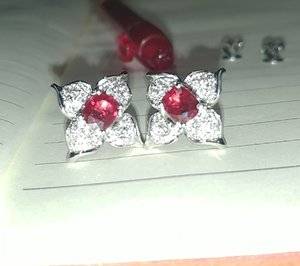
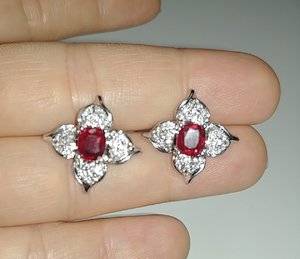
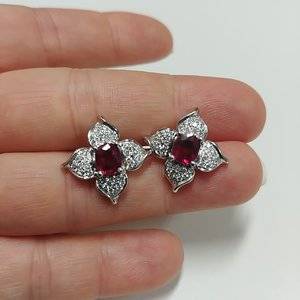
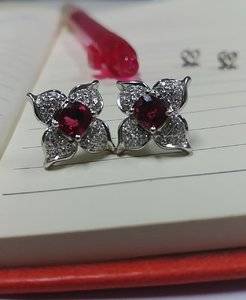
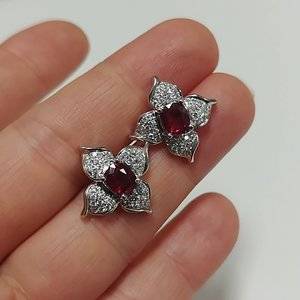
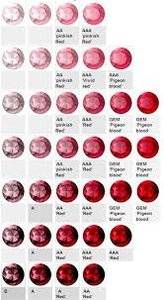
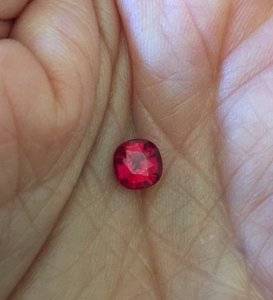
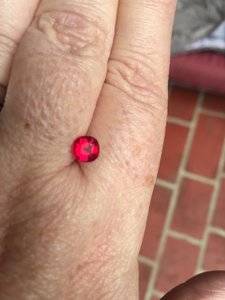


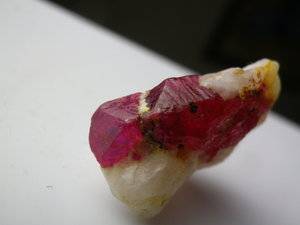
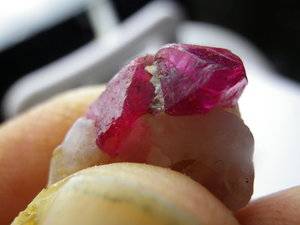
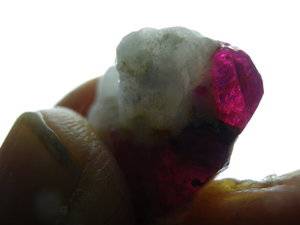
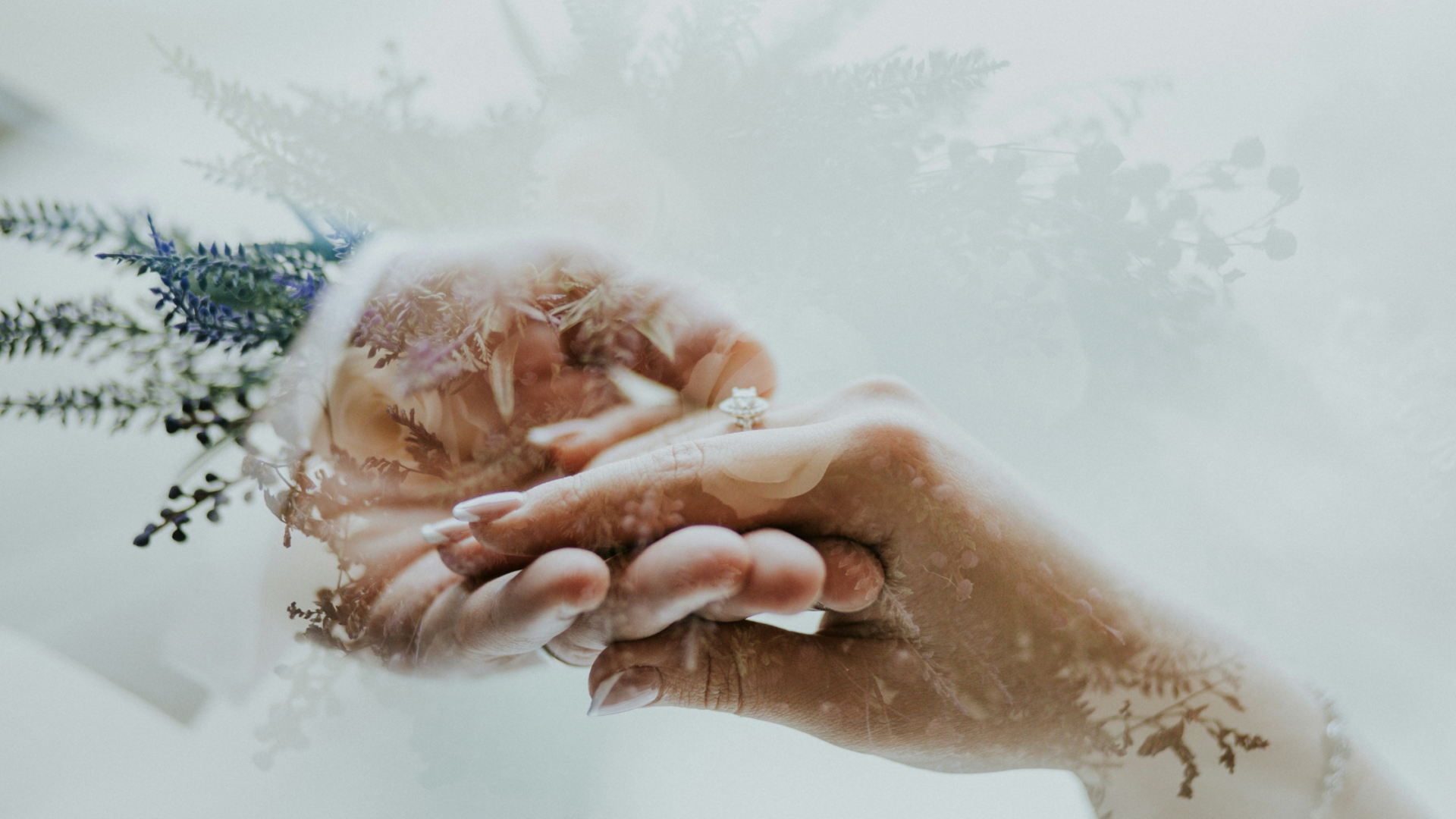

300x240.png)